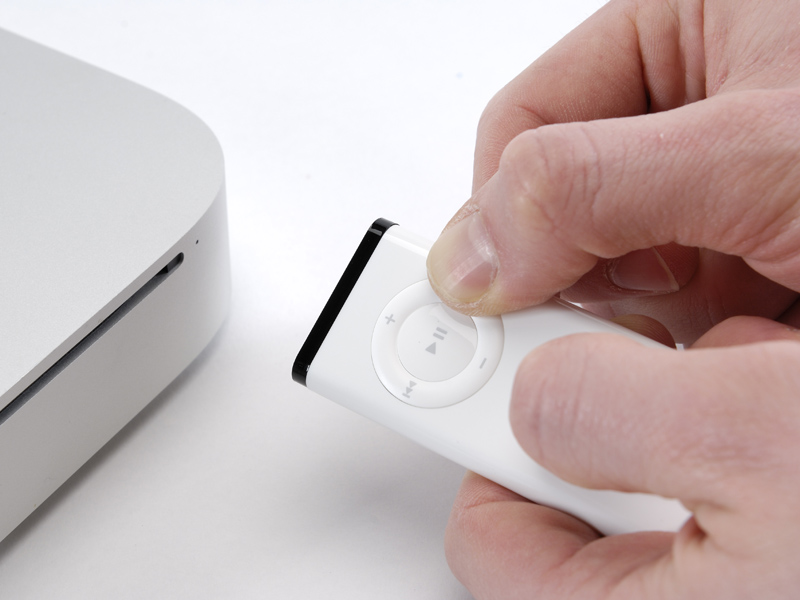How to fix Mac hardware problems
If a piece of kit is refusing to play ball, here's what to do

If you've got problems connecting hardware to OS X, you're in the right place.
Here's our guide to the most common Mac hardware issues you might encounter - the biggest questions and, hopefully, some useful answers.
"My Mac won't recognise new external hardware"
Assuming your Mac meets the system requirements for whatever kit it is, have you checked all the wiring's okay? You might want to try hooking it up with a different lead and (where possible) port on your Mac.
Will the device work with another Mac? Are the lights on the device coming on? If not, there may be some problem with the hardware or its power adapter.
If you're sure that all the wiring is okay, you might want to check that you installed the driver software? Even if something says it'll work without drivers, it's often best to install them anyway. Furthermore, the version that you got in the box may be an old one, so go to the manufacturer's website and see if there's an update available.
Old drivers can also conflict with new, so see if you can find an uninstaller for the old version before you install the new. This is particularly important if the software that comes in the box is for an older version of OS X than you're running. And it may seem obvious, but have you tried restarting?
Sign up for breaking news, reviews, opinion, top tech deals, and more.
"My PC won't read my USB stick or external drive"

That's probably because it's formatted for the Mac, and therefore Windows won't be able to read this. To be able to plug the stick into a PC, it will need to be FAT or NTFS formatted. The former is preferable, because your Mac can't write to NTFS disks without special software (such as $20 NTFS for Mac, on the cover disc).
To format a drive as FAT, open Disk Utility in Applications/Utilities/ select the drive on the left, click Erase and select MS-DOS (FAT) from the top drop-down. Remember that formatting a drive will wipe everything on it, so back things up first!
When it's done, you'll see the Format information at the bottom has changed to FAT16 (for drives under 512MB) or FAT32 (anything over 512MB).
"My Apple TV remote interferes with my Mac"
This is really annoying, isn't it! You can pair up an Apple Remote with your Mac or Apple TV by holding it close to the sensor and pressing Menu and Right/Fast Forward for at least six seconds until you see two linked loops appear on the screen. This will stop that device listening to other remotes, but the remote in question will still control other kit.
The way to prevent this is either to pair each device with an individual remote, or to disable the infrared sensor on your Mac, which you do in System Preferences > Security >General. You can't disable the infrared sensor on an Apple TV or Universal Dock.
To unpair a remote, incidentally, hold down Menu and Left/Rewind for at least six seconds while holding any remote close to an enabled infrared sensor.
How to solve DVD drive issues
You may hear the disc spinning fast, then slowing down again, but never appearing on your desktop. The fact it won't read any discs suggests the lens has got a bit grubby (as opposed to an individual CD being damaged), so you'll need to get yourself a lens cleaning CD. These are available from most electronics shops and will only cost you a few pounds.
CD stuck in the drive!
And the eject button on the keyboard won't do anything either, even if you hold it down for several seconds? In that case, restart your Mac while holding down the mouse or trackpad button. This'll force your machine to spit out the disc.
Can I use mini CDs?
No! Small or specially shaped CDs may look cute, but don't try putting one in your Mac's slot-loading optical drive. If you need to access what's on it, find someone who has a tray-loading drive and get at what you need that way.
Quick tip
If you connect a second screen or projector to your Mac, it assumes you want to extend your workspace onto it rather than replicating what the main display is showing. To change this, switch on Mirroring in System Preferences > Displays > Arrangement.
-------------------------------------------------------------------------------------------------------
First published in MacFormat Issue 234
Liked this? Then check out How to fix Mac printing problems
Sign up for TechRadar's free Week in Tech newsletter
Get the hottest tech stories of the week, plus the most popular reviews delivered straight to your inbox. Sign up at http://www.techradar.com/register